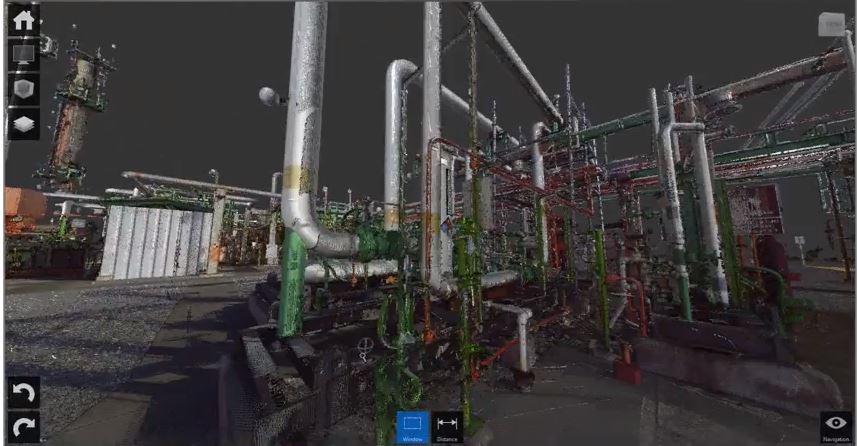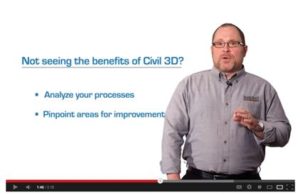CAD & GIS News for Govies 8/7
CAD News for Govies is a weekly feature on Acronym that scans thousands of industry articles to present you with a regular source of CAD and GIS news, information and ideas that impact the public sector.
Here’s the latest round-up:
Access your Autodesk Apps Remotely
CAD & GIS News for Govies 7/31
CAD News for Govies is a weekly feature on Acronym that scans thousands of industry articles to present you with a regular source of CAD and GIS news, information and ideas that impact the public sector.
Here’s the latest round-up:
How to Create a Killer CAD Team: Get Them Certified
Early Bird Registration for AU 2013 Opens in September
Can you believe it? It's that time again. Registration for this year's Autodesk University opens on September 12, 2013.
While the event isn't until December 3-5 at the Venetian Hotel, Las Vegas, you might want to take advantage of early bird rates as soon as they come online.
Can't make it to AU this year? You can still access past courses online, just sign-up for free to become an AU member.
CAD & GIS News for Govies 7/24
CAD News for Govies is a weekly feature on Acronym that scans thousands of industry articles to present you with a regular source of CAD and GIS news, information and ideas that impact the public sector.
Here’s the latest round-up:
Webinar - BIM without Buildings? Yes, It’s Possible!
Green Building Gets Easier with New Tools
When the U.S. General Services Administration (GSA) wanted to renovate the Martin Luther King, Jr., federal building (MLK) in downtown Atlanta, a Depression-era building that originally served as the central postal facility for the Southeast, sustainability was an important part of the process. The $62 million renovation and rehabilitation of the MLK building, overseen by architecture firm Lord, Aeck & Sargent, was completed in 2011 and achieved LEED Gold certification from the U.S. Green Building Council.
CAD & GIS News for Govies 7/18
CAD News for Govies is a weekly feature on Acronym that scans thousands of industry articles to present you with a regular source of CAD and GIS news, information and ideas that impact the public sector.
Here’s the latest round-up:
Autodesk Launches Four New 360 Applications
CAD & GIS News for Govies 7/10
CAD News for Govies is a weekly feature on Acronym that scans thousands of industry articles to present you with a regular source of CAD and GIS news, information and ideas that impact the public sector.
Here’s the latest round-up:
Crisis Cleanup Mapping Tool Coordinates Rebuilding Efforts
CAD & GIS News for Govies 6/26
CAD News for Govies is a weekly feature on Acronym that scans thousands of industry articles to present you with a regular source of CAD and GIS news, information and ideas that impact the public sector.
Here’s the latest round-up:
Turning a Paper Map into a 3D Image Overlay

